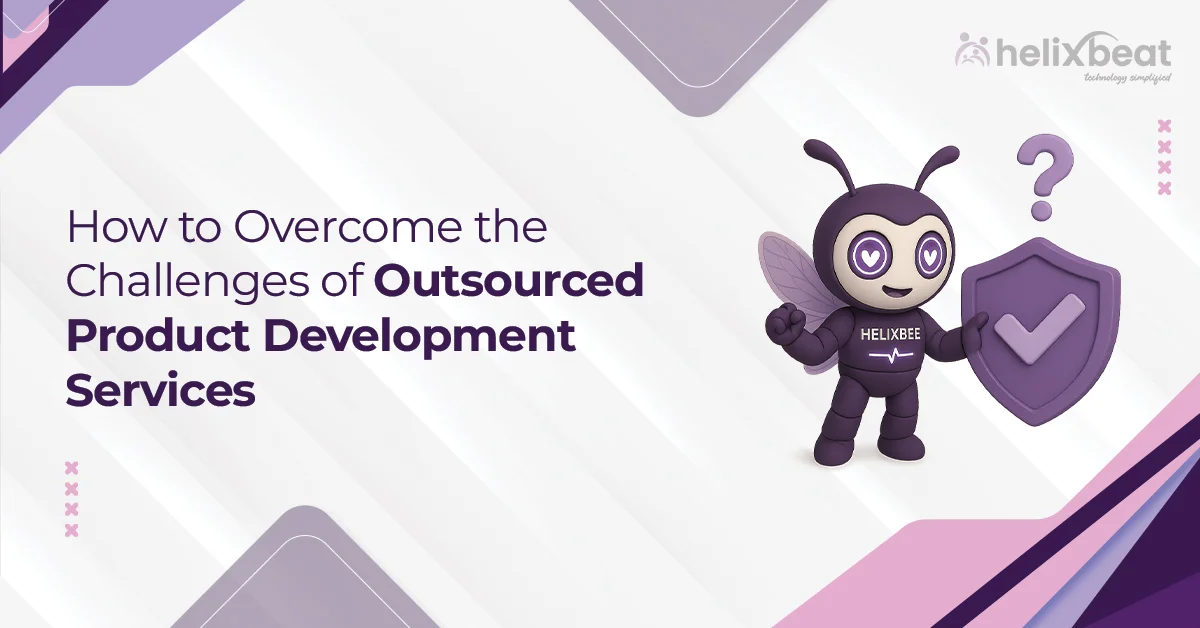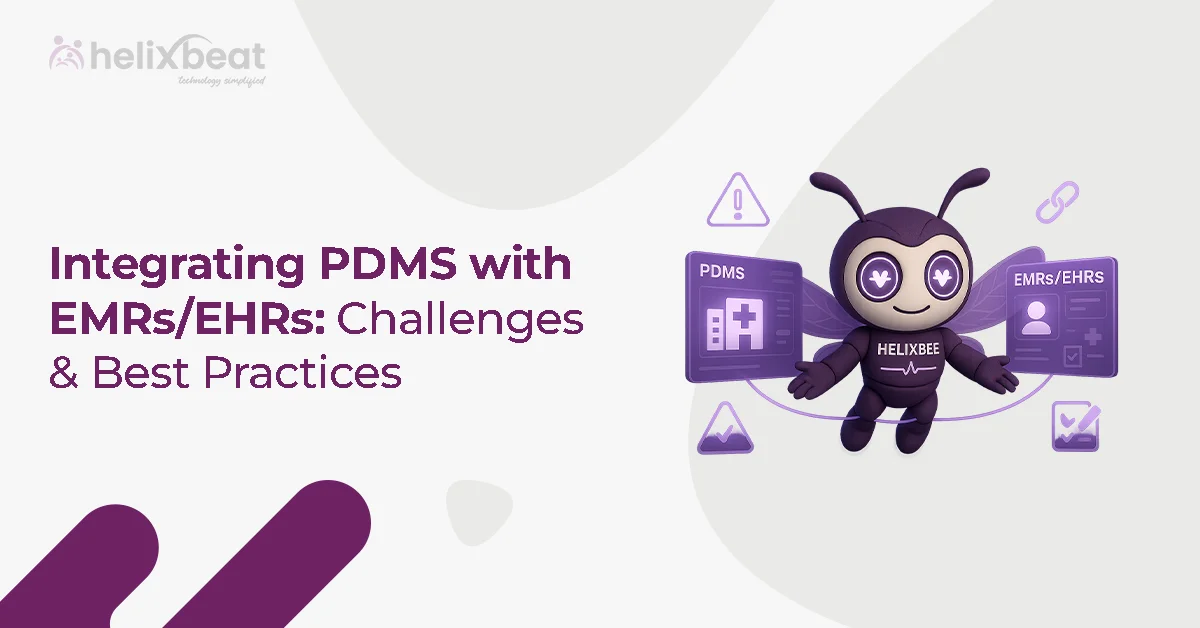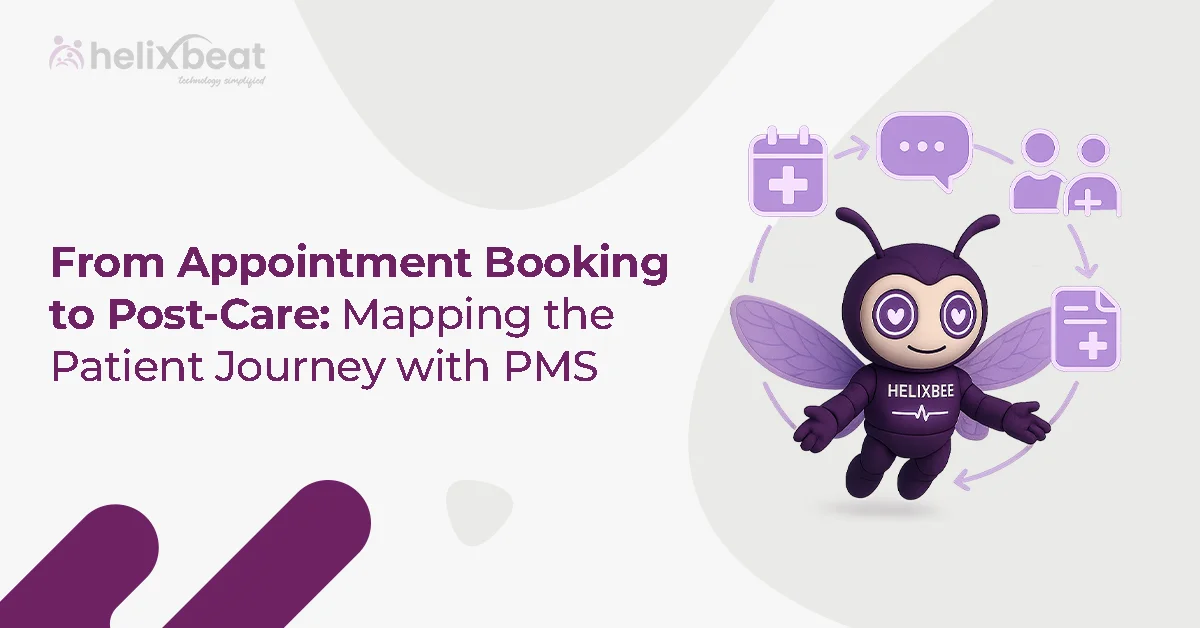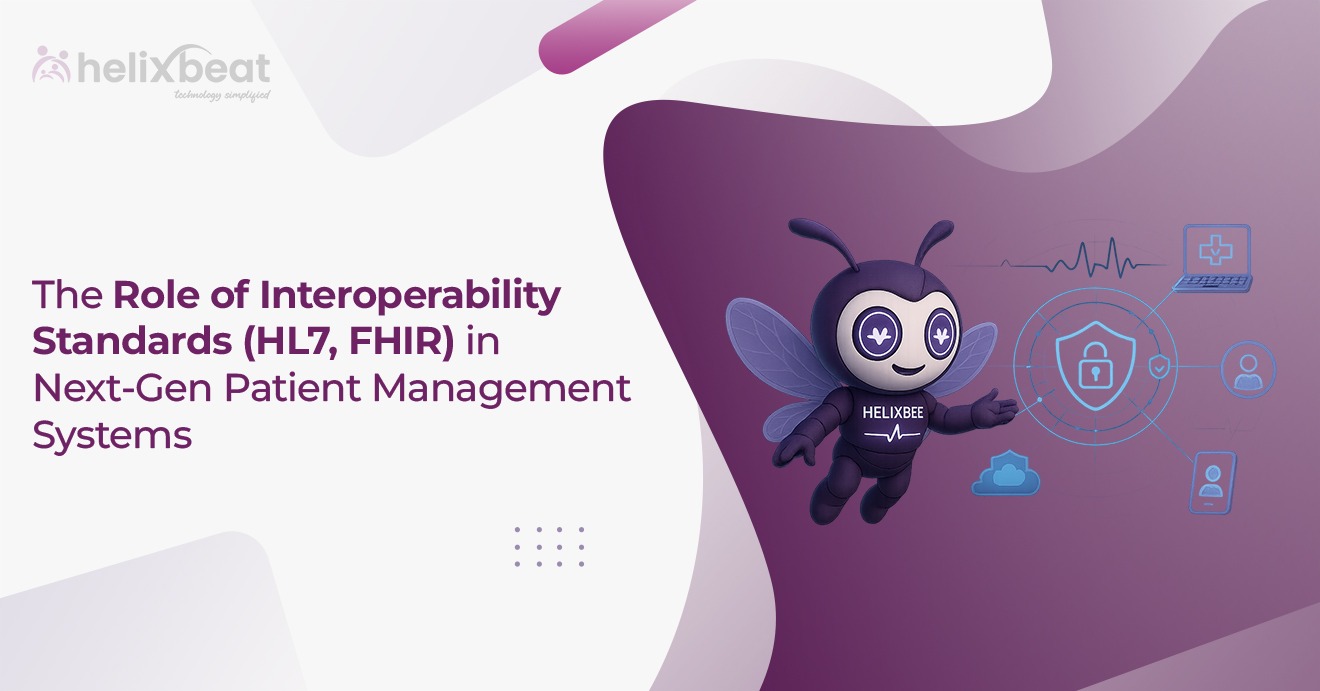Patient acquisition is the key to sustained growth in modern healthcare marketing. Have you ever wondered why some clinics proliferate while others struggle to attract patients, even with great doctors and services?
In this blog, we’ll explore the digital marketing strategies that drive patient acquisition and help healthcare practices grow effectively.

Table of Contents
What Is Patient Acquisition Marketing and Why Does It Matter?
Patient acquisition marketing focuses on attracting and engaging potential patients based on their needs and behaviors. Every interaction is important, from searching for clinics on Google and reading reviews to booking appointments online.
Patient acquisition refers to the process of attracting and converting potential patients into actual patients using targeted marketing strategies. In the digital-first era of healthcare, this process has evolved from traditional outreach to a data-driven, omnichannel approach.
CTA: Schedule a demo with Helixbeat if you want to learn how to build a custom patient acquisition funnel
How Can Local SEO Help You Attract More Patients?
Local SEO is one of the most effective digital marketing strategies for clinics and healthcare providers seeking to enhance their visibility in their local geographic area.
Here’s how local SEO helps attract more patients:
- Google Business Profile Optimization
- Update your profile with clinic hours, address, phone number, and website.
- Add service listings, interior and exterior photos, and health updates.
- Using Local Keywords
- Embed city- and neighborhood-specific keywords like “dermatologist in Whitefield” on service and location pages.
- Optimize title tags, meta descriptions, and alt text with geographic phrases.
- Listing on Directories
- Add your clinic to medical directories like Practo, JustDial, Sulekha, and Google Maps.
- Maintain consistent NAP (Name, Address, Phone) details across listings.
- Encouraging Patient Reviews
- Request that satisfied patients leave Google reviews after their appointments.
- Respond promptly to feedback, positive or negative, to build credibility.
- Location-Based Blog Content
- Publish blogs tailored to your local audience, such as “Tips to Avoid Viral Infections During Monsoon in Mumbai.”
How Do Google Ads Improve Your Patient Acquisition Strategy?
Google Ads are a highly effective channel in patient acquisition marketing solutions. They allow clinics to instantly connect with patients who are actively searching for healthcare services.
Here’s how Google Ads enhance your patient acquisition strategy:
- Target High-Intent Searches
- Appear for keywords like “best dentist near me” or “urgent care clinic in Indiranagar.”
- Tailor ads by specialty, geography, and device preferences.
- Achieve Immediate Visibility
- Unlike SEO, which takes time, Google Ads offer instant top-of-page exposure.
- Useful for promoting new service lines or seasonal offers.
- Run Service-Specific Campaigns
- Segment ad campaigns for general checkups, cosmetic dentistry, or pediatric care.
- Allocate budgets for high-ROI services.
- Enhance Ads with Extensions
- Use call buttons, location pins, and sitelinks to boost engagement.
- Include trust markers like reviews and ratings for better CTR.
- Track and Optimize for Better ROI
- Monitor key metrics such as CPC (Cost Per Click), CTR (Click-Through Rate), and conversions.
- Refine keywords and ads based on performance insights from Helixbeat’s analytics engine.
Why Should You Use Paid Social Media to Acquire Patients?
Paid social media has become a powerful channel for patient acquisition. As healthcare becomes more consumer-driven, platforms like Facebook, Instagram, and YouTube provide an unmatched opportunity to engage with prospective patients where they already spend their time.
Paid social media offers a cost-effective and targeted way to introduce your services and build trust over time.
- Precise Audience Targeting
- Utilize demographic, geographic, and behavioral filters to target potential patients based on age, location, or specific medical needs.
- Example: Promote gynecology services to women aged 25–45 in urban neighborhoods.
- Engaging Visual Storytelling
- Humanize your clinic with doctor introductions, behind-the-scenes videos, and patient success stories.
- Visual content improves emotional connection and recall.
- Lead Form Integration
- Launch campaigns that include built-in lead forms or click-to-message options on WhatsApp or Messenger.
- It makes it easier for patients to express interest without having to leave the app.
- Remarketing Opportunities
- Reconnect with people who visited your site, clicked on an ad, or saved a post.
- Reinforce your clinic’s presence throughout its decision-making process.
- Ad Format Variety
- Run carousel ads to showcase multiple services or short Reels to promote offers.
- Test different creatives to determine which ones resonate with your audience.
- Performance-Based Optimization
- Track real-time metrics, such as cost per lead (CPL), impressions, and engagement rates.
- Utilize platforms like PULSE to automate and refine campaigns for improved results.
- One clinic using Helixbeat’s social ad module with PULSE achieved 55% lower CPL and 2X patient inquiries within the first month.
CTA: Ready to tap into social media’s full potential? [Sign up for a Helixbeat social campaign trial]
What Makes a Healthcare Website Effective for Patient Acquisition?
Your website isn’t just an online listing; it’s your 24/7 patient conversion machine. A well-designed site can significantly influence whether a visitor books an appointment or exits.
Key elements that make your healthcare website effective:
- Speed and Responsiveness
- The load time should be under 3 seconds.
- Mobile-friendly design is critical—80% of patients browse healthcare websites on their phones.
- Appointment Booking Integration
- Include sticky “Book Now” buttons or integrated booking systems.
- Utilize chatbots or live chat to provide real-time assistance to patients.
- Trust Signals and Visuals
- Display accreditation logos, doctor profiles, and patient reviews prominently.
- High-quality images and videos boost patient confidence.
- SEO-Optimized Content
- Include detailed service pages and location-based keywords.
- Add blogs to answer common patient queries.
- Every page should have a next step, whether it’s booking, calling, or submitting a form.
How Does Online Reputation Influence Patient Acquisition?
Your online reputation is usually a patient’s first impression and, in multiple cases, the deciding factor in whether they choose your clinic over another. Patients rely on social proof, online reviews, and ratings to evaluate a provider’s credibility long before stepping into a consultation room.
Here’s how your reputation directly impacts patient acquisition:
- Trust Through Reviews
- 81% of patients check reviews before choosing a healthcare provider.
- A well-rated practice fosters trust and conveys a sense of professionalism.
- Negative reviews, when unaddressed, can discourage multiple potential patients.
- Boost Google Rankings
- Clinics with more than 4-star ratings appear higher on Google Maps and search results.
- Google’s local search algorithm considers both the quantity and quality of reviews.
- Influence Click-Through Rates (CTR)
- Listings with higher star ratings can see up to 35% improvement in CTR (Moz).
- Visual star ratings attract attention and lend credibility.
- Build Credibility Across Platforms
- Collect reviews not only on Google but also on industry-relevant platforms like Helixbeat, Practo, Healthgrades, and Facebook.
- A broad review of presence reinforces legitimacy and widens reach.
- Leverage Testimonials as Marketing Assets
- Turn 5-star reviews into engaging social media posts, testimonial videos, or homepage slides.
- Use patient stories to build empathy and trust.
- Automate the Feedback Loop with Tools Like PULSE
- PULSE makes it easy to send post-visit review requests, monitor feedback, and respond in real-time.
- Automation helps maintain a consistent and professional brand presence.
Wrapping Up
Most clinics face a standard set of challenges: inconsistent patient inflow, low conversion rates from digital campaigns, and the frustration of juggling multiple tools with minimal insight into what’s working. These issues not only cost time and money but also stunt long-term growth.
That’s precisely where PULSE by Helixbeat steps in. It solves these problems by streamlining your entire acquisition pipeline, from ad automation and SEO tracking to lead follow-up and review generation—all under one dashboard. With PULSE, you don’t just attract more patients—you create a smarter, more predictable path to clinic growth.
CTA: Want to experience how PULSE simplifies patient acquisition? [Book your personalized demo now]
FAQs
- What is patient acquisition in healthcare?
It’s the process of attracting and converting new patients through targeted marketing strategies.
- How can a patient acquisition company help?
They offer services like SEO, PPC, website audits, social ads, and CRM integrations to simplify and scale patient acquisition.
- What makes a patient acquisition strategy successful?
A successful strategy blends SEO, Google Ads, social media, an optimized website, and consistent reputation management into one funnel.
- Is Google Ads effective for new patient acquisition?
Yes. When combined with smart targeting and budget control, Google Ads drive immediate and high-intent leads.
- How to calculate ROI in patient acquisition marketing solutions?
Use metrics like cost per lead (CPL), lead-to-appointment conversion, and patient lifetime value (PLV).
- What role does PULSE play in improving patient acquisition?
PULSE helps automate and manage your acquisition pipeline—running campaigns, tracking analytics, sending review requests, and improving conversions.
- Why is local SEO important for healthcare clinics?
Most patients search for clinics nearby. Local SEO helps your clinic appear in Google Maps and “near me” searches.
- Can social media really help bring in new patients?
Absolutely. Platforms like Facebook and Instagram offer targeted outreach and engagement, especially with visual storytelling and remarketing.
- How often should I monitor my online reviews?
Weekly monitoring is ideal, but tools like PULSE let you automate alerts, so you can respond in real-time and protect your reputation.
- What’s the first step to building a solid patient acquisition strategy?
Start with a digital audit—understand where you stand across SEO, website, ads, and reputation. Then build a strategy using an integrated platform like PULSE.














